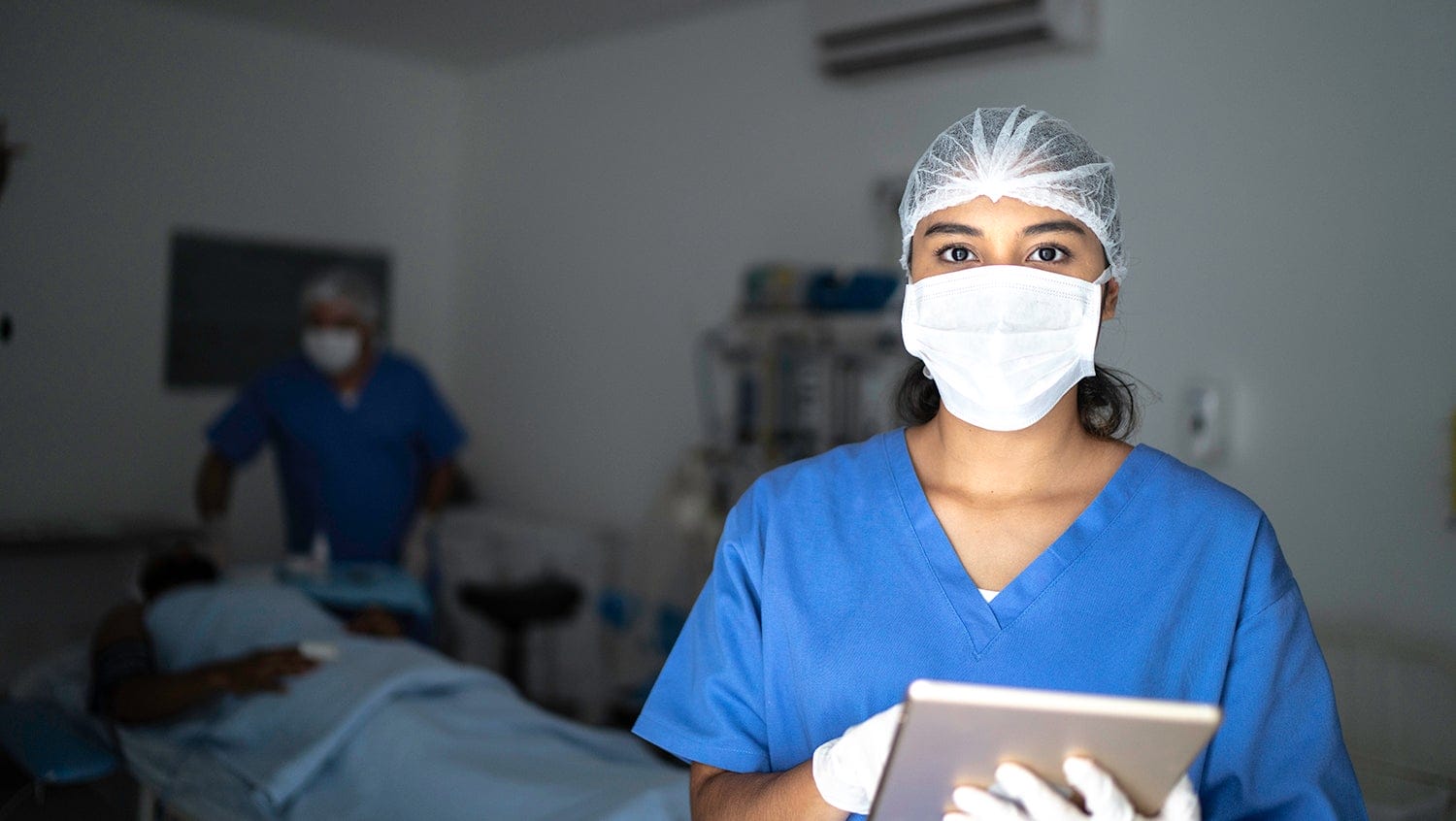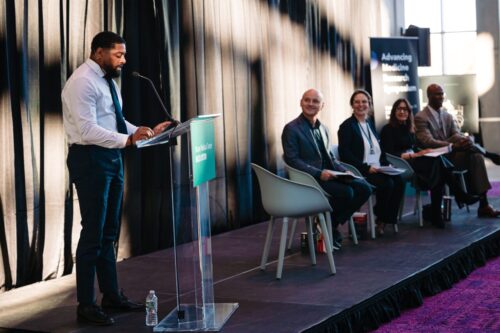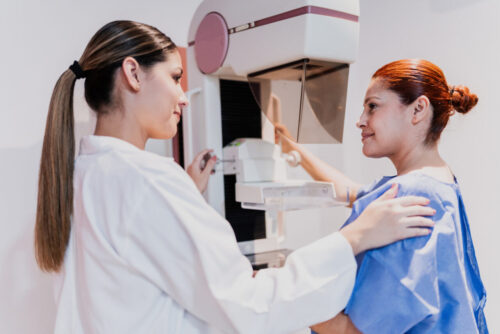COVID Crisis Shows Urgent Need for Multilingual Providers, In-Person Interpreters for Patients with Limited English Proficiency
April 24, 2020
By Meryl Bailey

Getty Images
Experts worry that language barriers, which can be challenging to address in the best of times, will now create a serious health divide.
Lucy Schulson, MD, MPH, speaks slowly and carefully into the receiver, then waits. A translator begins speaking in Arabic. Another long pause. Then finally, she hears her patient’s muffled acknowledgment. The call ends. Schulson wonders if her patient understood. In the COVID-19 crisis, her directive has critical public health implications: wear a mask outdoors, wash your hands often.
An internist at Boston Medical Center’s Immigrant and Refugee Health Center (IRHC), Schulson is used to assessing the complex health needs of patients with limited English proficiency (LEP). She uses teletranslation often and successfully in clinic. Schulson started to provide all her consults over the phone after IRHC halted in-person visits four weeks ago. Staring at the four walls of her home office instead of into her patients’ eyes, she feels she is losing a vital connection to them.
“To be able to touch a patient, to reassure her, to be able to express empathy about the situation we are in… There is a lot of fear among our patients right now, and it is difficult to convey reassurance and gauge understanding without being able to provide and perceive physical cues,” says Schulson, who researches health disparities for patients with LEP as a second-year fellow at Boston University School of Medicine.
High stakes, creative efforts, and the remaining gap
Studies repeatedly show people who speak limited or no English are particularly vulnerable to poor health outcomes. In the unprecedented turmoil of the COVID pandemic, the stakes for understanding health directives are incredibly high. Massachusetts has emerged as a national area of concern for infection rates, and the need for containment is paramount. More than 110,000 residents in Boston face language barriers, and many reside in hotspot neighborhoods such as Dorchester, Roxbury, and Mattapan. If the general public has been aggrieved at the lag in guidelines regarding coronavirus prevention and treatment, outreach tailored specifically for LEP communities has been even slower and more confusing.
To connect non-English-speaking residents to crucial resources, city officials and volunteers delivered multilingual pamphlets to every home in Boston in late March, and health professionals are relying on novel crowd-sourcing techniques to speed the translation of vital information to even more who need it. Most recently, Boston Mayor Marty Walsh deployed Department of Public Works trucks with speakers to blast social distancing guidelines in seven languages through some of the city’s hardest-hit neighborhoods.
A population of particular concern is undocumented immigrants who are fearful of coming forward for COVID-19 testing and treatment, says Schulson. Recent expansions in the U.S. Immigration’s public charge rule penalize some immigrants seeking legal status who access Medicaid. The new policy has many exclusions and does not punish people accessing emergency Medicaid, but confusion around the rules remains rampant.
“There is fear and anxiety within immigrant communities that if they access health services, when they apply for their green card, they won’t be able to get it, and they will be deported,” explains Schulson. “COVID will not count against people in terms of the public charge rule. But the information needs to get to hard-to-reach communities that don’t speak English.”
The challenge of protecting COVID patients with LEP
Schulson also worries deeply about the quality of care for patients with LEP admitted to the hospital, despite careful measures to provide the best feasible treatment. With hospitals’ interpreter services spread thin, doctors’ voices muffled through face shields and N95 masks, and no English-speaking family members attending the bedside to serve as health navigators and advocates, the ability to communicate crucial medical decisions to people in critical condition is a nightmare scenario.
One exhausted ER physician painted a vivid picture of the current situation during an online plea for people to help friends and family with communication barriers fill out health care proxy forms before coming to the hospital. “We do our best to communicate with families,” the doctor wrote, according to a blog post. “But please, if you have a meaningful relationship with someone like this, have this hard conversation before I have to have it, shouted under an N95 mask, with an interpreter on an iPad that they can’t hear, while they are gasping for breath.”
The COVID crisis is shining light on the health system’s dire need for more language-concordant providers and more onsite interpreters who can translate for patients with LEP face-to-face. Recent studies have shown better outcomes for patients in language-concordant patient-provider interactions. For Schulson, the stakes are too high to rely on her own non-English language skills.
“Even though I speak Spanish, I am using an interpreter for my Spanish-speaking patients. The messages cannot be lost in translation right now,” she says.


